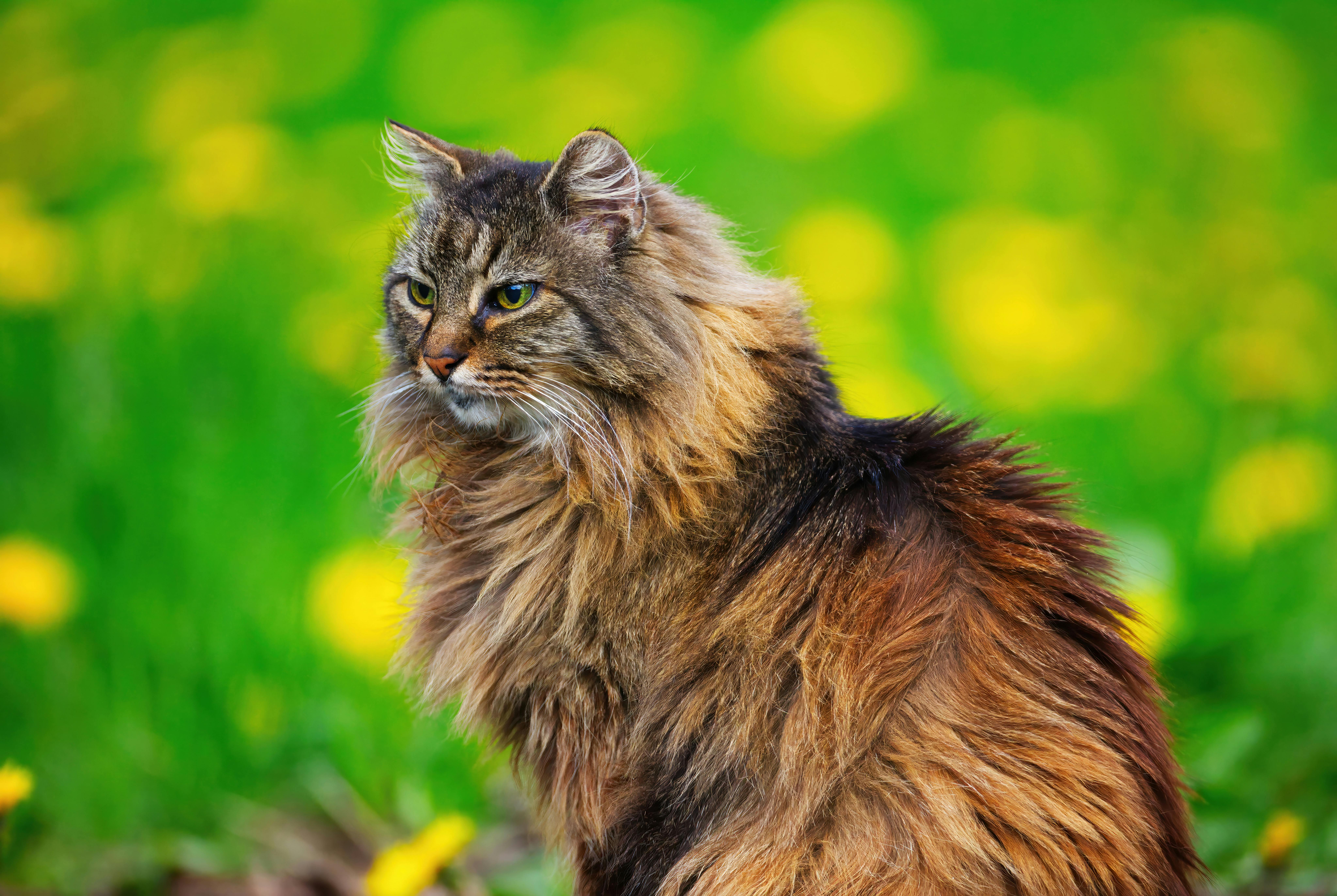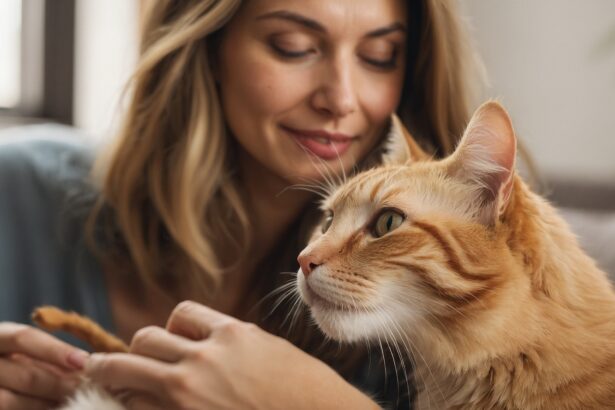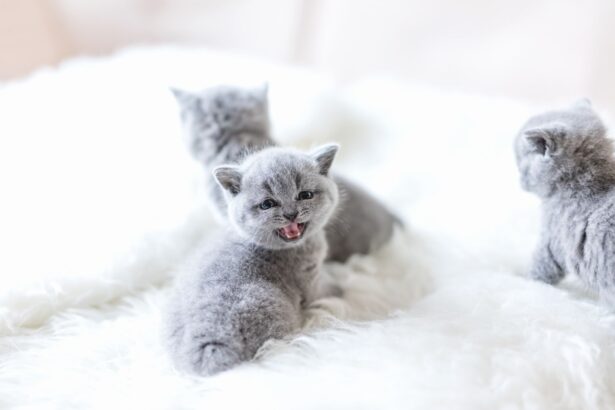Shy whiskers, bold whiskers… every cat has her own style. Want to know how to attract cats with ease without chasing them around the house? Try these gentle, proven tips to make felines choose you, all on their own.
What naturally draws cats in
Read the feline rulebook
Your little huntress is guided by instincts: safety first, vantage points to survey the room, and quiet hideouts for when the world feels loud. Offer those and you’re already speaking “cat.”
- Safe, predictable spaces
- High perches and window views
- Cozy retreats that feel private
Curious how your cat experiences spaces and light? It helps to understand how cats see the world so you can place perches and beds where they feel naturally drawn.
Make their environment irresistible
Think vertical shelves, a cushy basket, and a quiet corner that smells like home. Keep traffic low, noises soft, and routines steady for a cat-friendly sanctuary.
Practical tip: Sit on the floor with your side turned, read softly for 10 minutes, and ignore your cat. Many felines step closer when you stop trying—this “no-pressure” presence is surprisingly magnetic.
Use scent to your advantage
Catnip, silver vine and pheromones
Catnip can be a bliss button, but not for all—about half of cats aren’t sensitive. Silver vine often wins over catnip-skeptics, and pheromone diffusers add “you’re safe here” vibes for stressy whiskers.
Sprinkle a pinch of catnip on a scratcher or stuff a toy, and rotate toys weekly to keep the novelty high. If catnip falls flat, try silver vine sticks or a pheromone spray on bedding.
Scents to skip—and a curious exception
Strong perfumes, menthol, and sharp cleaners can be a feline no-no. Citrus is another common turn-off, so skip orange-scented sprays where your cat lounges. Need a quick refresher? Here are the smells cats often dislike most.
Surprising fact: Many cats are weirdly fascinated by bleach. Here’s why that scent can be so tempting: why cats love bleach. Keep lids closed and products well out of reach.
Speak cat: approach and body language
Send friendly signals
Move slowly, blink softly, and offer a hand to sniff with fingers curled. Approach from the side, not head-on, and keep your eyes relaxed rather than fixed.
Common mistake to avoid: Reaching over a cat’s head or staring straight into her eyes. To a feline, that can feel like pressure. Keep it gentle and low, and let her choose the distance.
Let them make the first move
Toss a treat nearby, then one a bit closer to you, and pause. If she leans in, stroke for three seconds, then stop and wait—if she nudges again, she’s asking for more.
Tail language says a lot about interest and mood. A gently upright tail usually means “Hi, friend!” Learn more about those swishes and flicks: why cats wag their tails.
Play and enrichment that magnetize cats
The right toys—and how you use them
Wand toys that mimic prey, crinkly tunnels, and rolling balls bring hunting instincts to life. Short, daily bursts of play help a cautious cat warm up to you fast.
Laser pointers can be fun, but always let your cat “catch” a real toy or treat at the end. Otherwise, the endless chase can feel frustrating instead of satisfying.
If your kitty is scratching the sofa (we’ve all been there), meet the need with sturdy posts and encouraging scents. Here’s how to protect your furniture and make scratchers irresistible.
Rituals cats never resist
Felines adore routine. Create a mini schedule—two 5–10 minute play sessions and a calm cuddle window in the evening. Within days, she’ll come find you when it’s “your” time.
Rotate toys weekly and store off-duty toys in a sealed box with a pinch of catnip for a “fresh” reveal. Novelty keeps the spark alive.
Food and rewards: win hearts kindly
Treats that tempt without overdoing it
Choose tiny, high-protein bites and keep portions modest. Break big morsels into kitty-sized confetti so you can reward often without adding calories.
Practical tip: Warm a treat between your fingers for a few seconds to boost aroma, then offer it on a teaspoon. The scent travels farther, and your fingers stay safe with excitable nibblers.
Mealtime moments that build trust
Serve meals in the same calm spot at consistent times. Sit nearby (not hovering) so your presence equals comfort and full tummies—powerful bonding signals.
Curious about balanced nutrition? This veterinary article on feline nutrition explains essentials to keep your cat healthy and happy.
Conclusion
Attracting cats with ease is all about quiet confidence: safe spaces, friendly body language, tempting scents, playful routines, and well-timed treats. Keep it gentle, predictable, and patient—and watch your feline drift closer, purr by purr.
FAQ
How do I attract a shy cat without scaring her?
Lower your posture, turn your side, and blink slowly. Toss a treat near her, then one a bit closer to you, and pause. Let her choose if and when to approach.
Is catnip safe, and what if it doesn’t work?
Catnip is generally safe; some cats simply don’t react. Try silver vine or a pheromone diffuser for a similar calming, inviting effect.
How can I tell if my cat wants attention?
Look for a softly upright tail, gentle blinks, cheek rubs, and leaning into your hand. If she stays near after you pause petting, that’s a green light for more.
What scents attract cats the most?
Owner’s natural scent on a worn T-shirt, catnip or silver vine, and feline pheromones. Avoid overpowering perfumes or citrus—they often push cats away.








